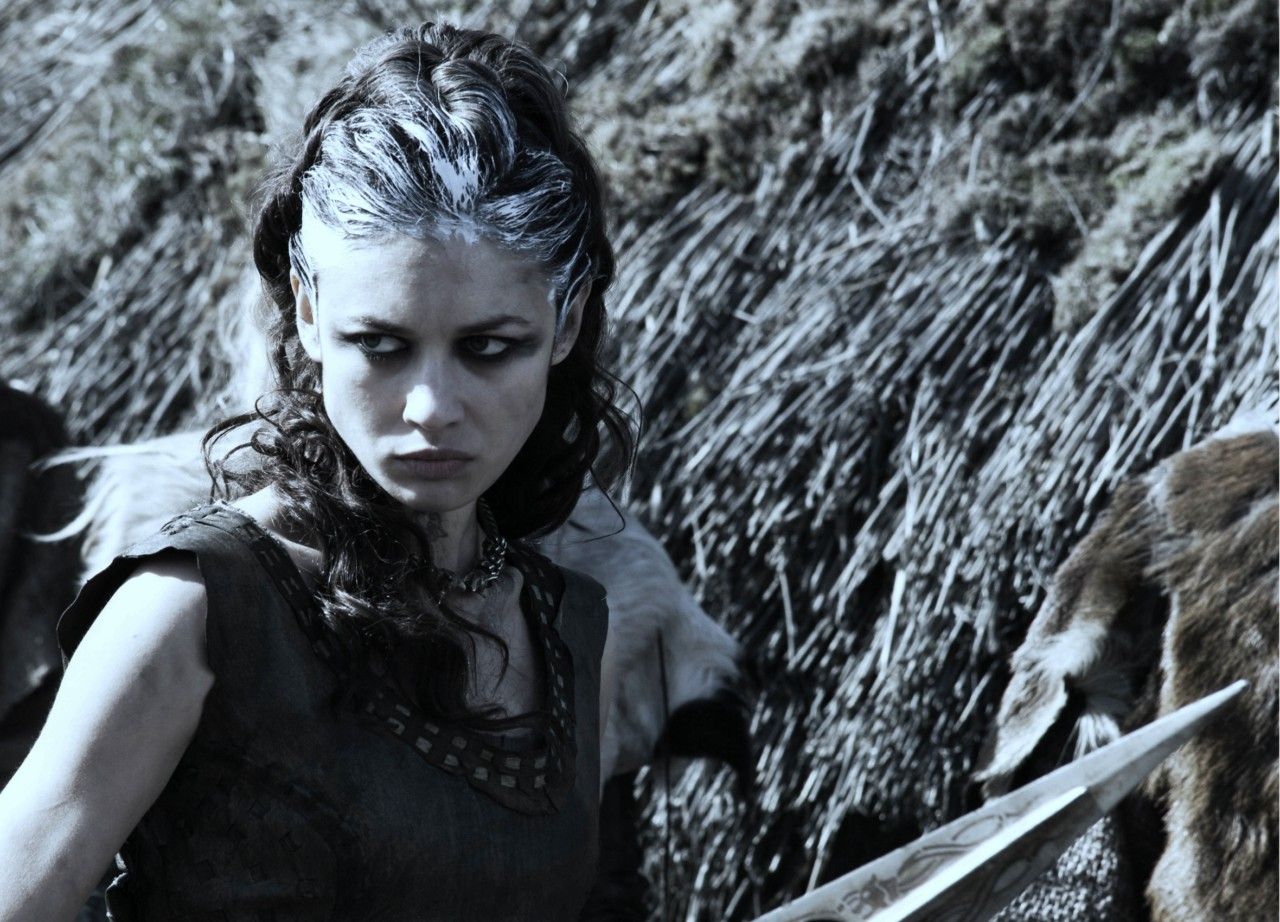
Some of the Siberian tribes that had first submitted to Mongol rule during Jochi’s invasion of 1207 used Genghis Khan’s lengthy absence on the Jurched campaign to quit sending tributary furs, forest products, and young women.
When a Mongol envoy arrived to investigate, however, he found that in keeping with the fame of their women, they now had a woman chief whom they called Botohui-tarhun, a name that meant roughly Big and Fierce.
Rather than surrender thirty maidens to the Mongols as wives, she took the Mongol himself captive.
When the messenger did not return, Genghis Khan eventually sent another negotiator, and she took him captive as well.
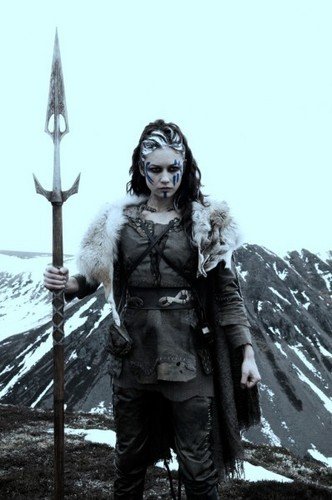
In 1219, the Year of the Hare, Genghis Khan sent a trusted general with a detachment of good soldiers to find out what had happened.
Accustomed to campaigning on the open steppes and in the farmlands, the Mongols had little experience fighting or traveling in the dense forest. Usually, the Mongols crossed the steppe by spreading out and moving forward on a broad front. In the forest, however, they had to follow one another along the narrow trails.
Botohui-tarhun’s forces heard them coming long before they arrived in her territory, and like any experienced forest hunter, she set a trap for them.
She sent a contingent of her troops to seal off the trail behind the men to prevent their escape, then she ambushed them from the front.
Botohui-tarhun’s forces triumphed—and in the battle, her warriors killed the Mongol general.
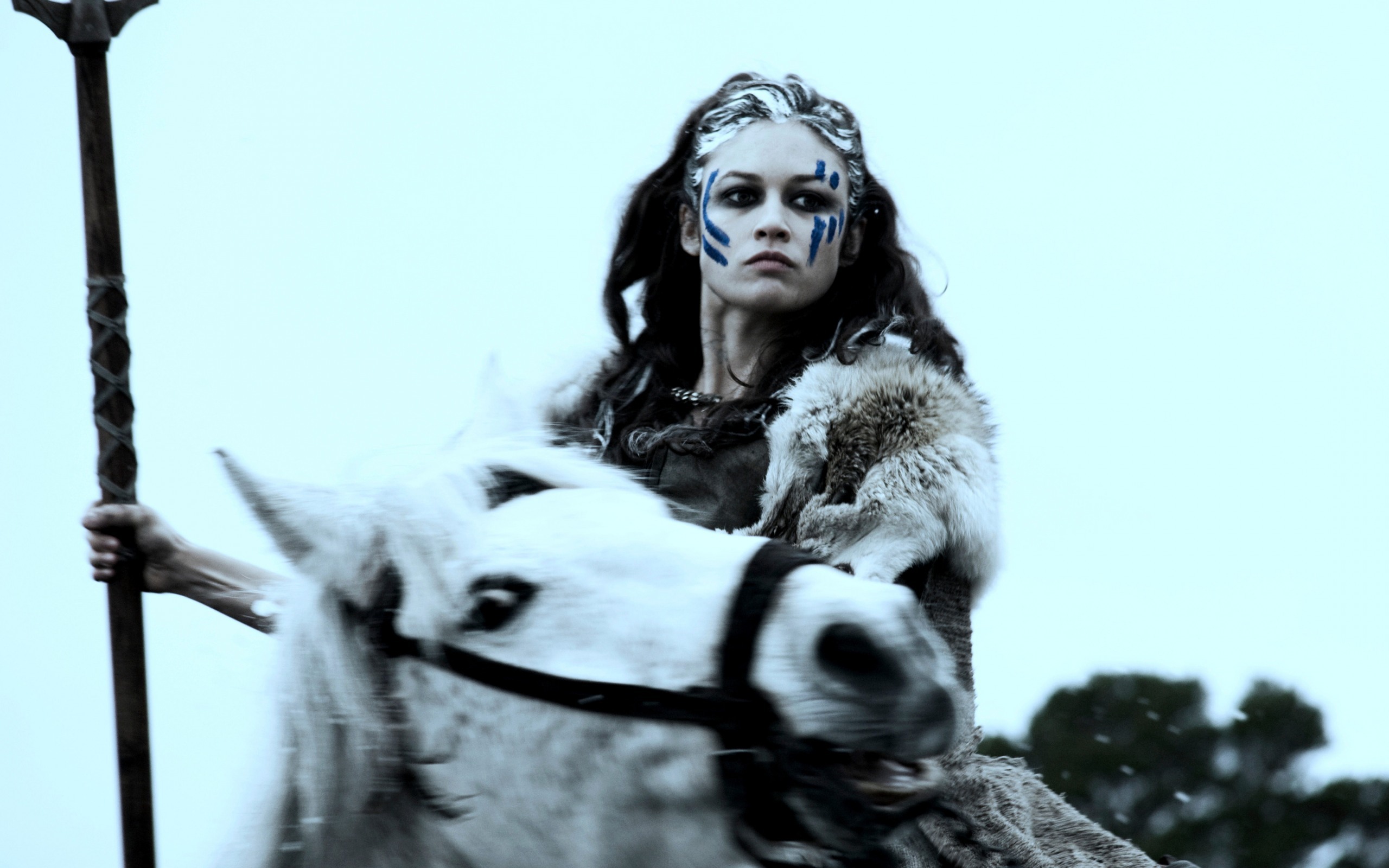
Such a loss was highly unusual, and it enraged Genghis Khan.
At first, he threatened to lead the army himself in vengeance against the victorious queen. His advisers soon convinced him otherwise.
They prepared a large expedition, and this time the Mongols were determined to win by whatever means necessary. A small detachment of Mongol warriors moved out as a decoy pretending to guard the frontier trail and passes between the Mongols and the queen’s territory.
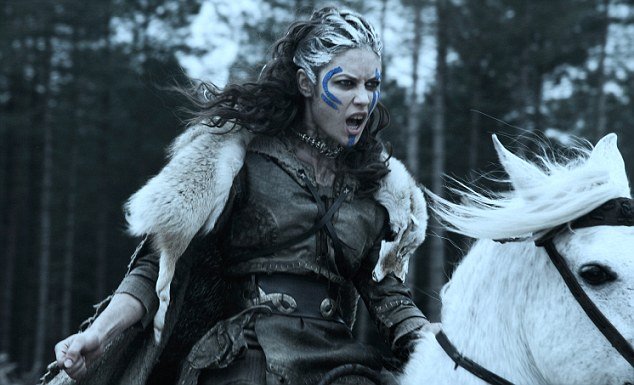
Meanwhile, the Mongol soldiers in the main force of the army secretly cut a new road through the forest from another direction. With axes, adzes, saws, chisels, and all the tools and weapons they could muster, the Mongols laboriously cleared a path by following the mountain trail of the “red bull,” probably the large reddish deer or elk.
After completing the secret road, the Mongol soldiers swooped down on the queen’s headquarters so fast that in the words of the Secret History, it seemed as though they had descended “through the top of the smoke-holes of their tents.”
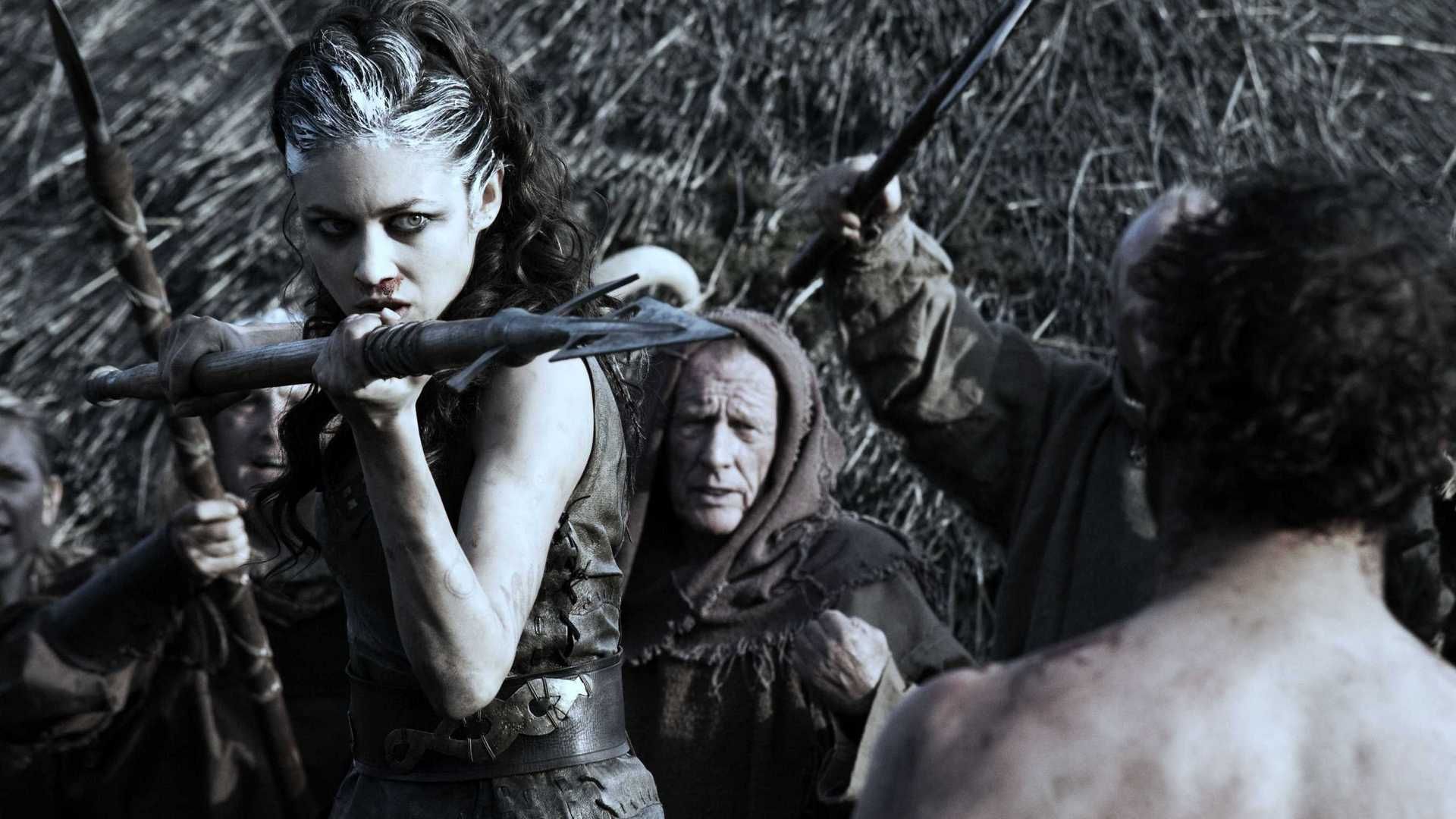
The victorious Mongols freed their envoys and brought back the tribe as prisoners to be divided up as servants and mates.
Genghis Khan gave the queen Botohui-tarhun in marriage to the second of the envoys, whom she may have already taken as her husband since she had kept him as her prisoner and had not killed him.
From 'Genghis Khan and the Making of the Modern World' by Jack Weatherford
https://www.amazon.com/dp/B000FCK206/ref=cm_sw_r_tw_dp_U_x_.cbkAbA4E1F3Q
Model is the Ukrainian actress & supermodel Olga Kurylenko from the film 'Centurion' (2010) (nothing to do with Botohui-tarhun, of course).
http://www.imdb.com/title/tt1020558/
Still, since so many Genghis Khan movies have been made over the years, they should definitely make a movie about Botohui-tarhun! And who else should star in it!
Downvoting a post can decrease pending rewards and make it less visible. Common reasons:
Submit